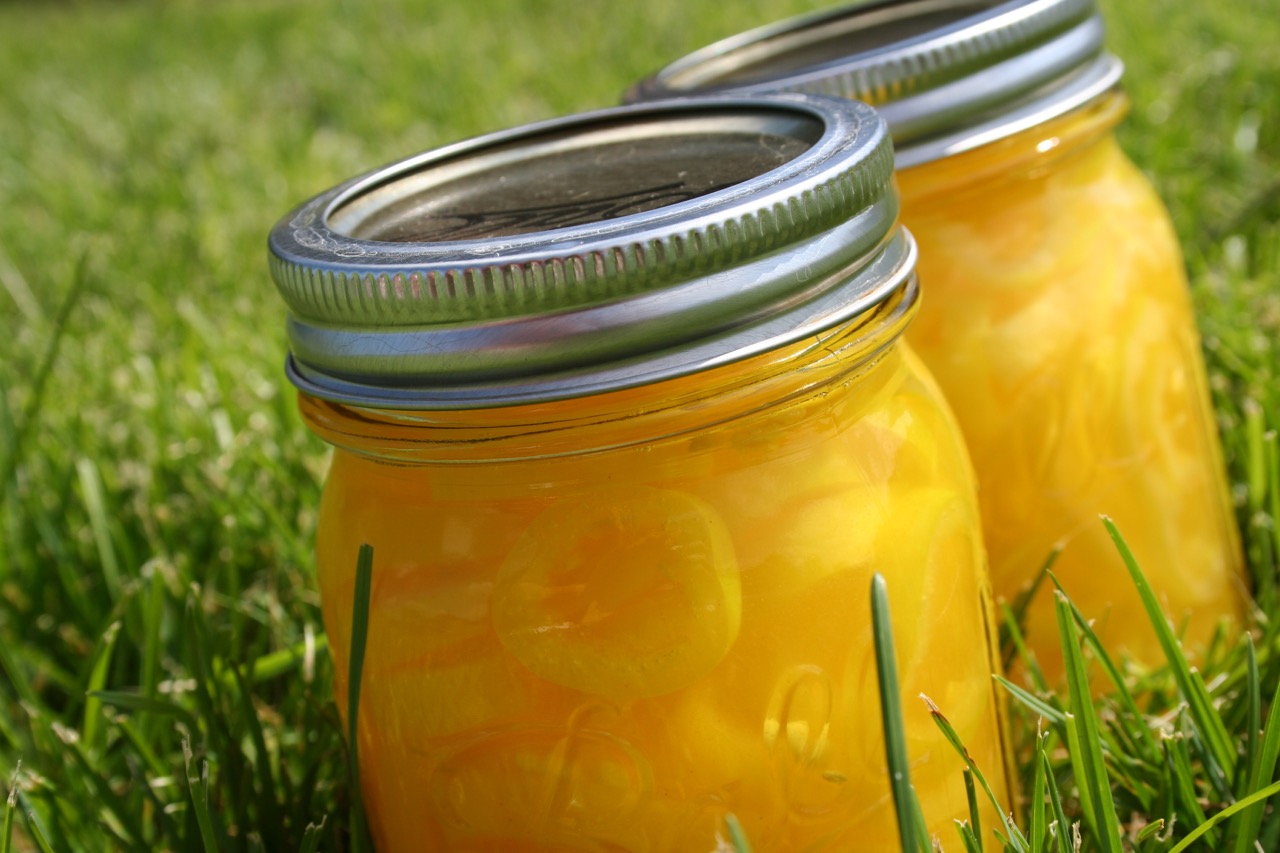

Articles
How To Store Banana Peppers Long Term
Modified: February 25, 2024
Learn how to store banana peppers long term with these helpful articles. Preserve the flavor and freshness of your harvest for months to come.
(Many of the links in this article redirect to a specific reviewed product. Your purchase of these products through affiliate links helps to generate commission for Storables.com, at no extra cost. Learn more)
Introduction
When it comes to banana peppers, their delicious taste and versatility make them a favorite among home gardeners and cooking enthusiasts alike. Whether you grow your own banana peppers or purchase them from the local market, knowing how to store them long-term is essential to ensure you can enjoy their flavor well beyond harvest season.
In this article, we will explore various methods for storing banana peppers so that you can preserve their freshness, taste, and nutritional value. We will discuss options such as refrigerating, freezing, pickling, drying, and even canning banana peppers. We will also cover seed preservation so you can continue growing these vibrant and flavorful peppers in the future.
With the right techniques and a little bit of planning, you can extend the shelf life of banana peppers and have a supply ready for use in your favorite recipes all year round. Let’s dive into the details of how to store banana peppers long-term.
Key Takeaways:
- Preserve banana peppers for year-round enjoyment by refrigerating, freezing, pickling, drying, canning, and saving seeds. Experiment with different methods to savor their vibrant flavor in various dishes.
- Ensure long-term freshness and taste of banana peppers by following proper storage techniques. From refrigerating for short-term use to pickling for tangy flavor, explore diverse methods to enjoy these versatile peppers.
Read more: How To Store Banana Peppers
Choosing and Harvesting Banana Peppers
Before you can store banana peppers, it’s important to choose the right peppers to harvest. Look for mature peppers that are firm, glossy, and have a vibrant yellow color. Avoid peppers that have blemishes or soft spots as they are likely to spoil quickly.
When harvesting banana peppers, use a sharp pair of garden shears or a knife to cut the peppers from the plant. Be careful not to damage the plant or any neighboring peppers in the process. It’s best to harvest peppers when they are fully ripe but still firm.
Remember, banana peppers can vary in heat level, ranging from mild to hot. Decide the heat level that suits your taste preference and culinary needs before harvesting. If you prefer milder peppers, look for those with a light yellow color, as they tend to be less spicy.
It’s important to harvest the pepper carefully to avoid damage and ensure a longer storage life. Handle the peppers gently and avoid puncturing or bruising them during the harvesting process.
Once you have harvested your banana peppers, it’s time to prepare them for long-term storage.
Preparing Banana Peppers for Long-term Storage
Properly preparing banana peppers before storage is crucial to maintain their quality and freshness. Here are some steps to follow:
- Wash the peppers: Start by washing the peppers under cool running water to remove any dirt or debris. Gently rub the peppers to ensure they are clean.
- Remove the stems and seeds: Next, remove the stems by cutting them off near the top of the pepper. You can use a sharp knife or your fingers to pull out the stem. Then, slice the peppers lengthwise and remove the seeds and white pith, as they can contribute to spoilage.
- Slice or dice if desired: Depending on your preference and how you plan to use the peppers in the future, you can slice them into rings or dice them into smaller pieces. This step is optional and can be done before or after the storage method of your choice.
- Pat dry: After washing and preparing the peppers, pat them dry using a clean kitchen towel or paper towels. Excess moisture can accelerate spoilage, so ensure that the peppers are as dry as possible before storage.
By following these steps, you will ensure that your banana peppers are clean, free from seeds and stems, and ready for long-term storage. Now, let’s explore different methods of storing banana peppers.
Storing Banana Peppers in the Refrigerator
The refrigerator is a convenient option for short-term storage of banana peppers. To store banana peppers in the refrigerator:
- Choose peppers that are fresh and free from any signs of spoilage.
- Place the whole peppers or prepared slices/dices in a sealable plastic bag or an airtight container.
- If using a plastic bag, squeeze out any excess air before sealing it.
- Label the bag or container with the date of storage to keep track of the freshness.
- Store the peppers in the crisper drawer or a cool section of the refrigerator.
When stored properly, banana peppers can remain fresh in the refrigerator for up to 1-2 weeks. However, keep in mind that the peppers may start to lose their crispness and flavor over time.
Remember to check the peppers regularly for any signs of spoilage, such as mold, mushiness, or a foul odor. If you notice any of these signs, discard the peppers to prevent them from contaminating other vegetables in the refrigerator.
The refrigerator method is ideal if you plan to use the banana peppers within a short period or if you only have a small quantity to store. If you have an abundant harvest or want longer-term storage, other methods may be more suitable.
Freezing Banana Peppers
Freezing is a popular method for long-term storage of banana peppers, as it helps preserve their flavor and texture. Here’s how you can freeze banana peppers:
- Prepare the peppers: Wash the peppers thoroughly, remove the stems and seeds, and slice or dice them according to your preference.
- Blanch the peppers: Blanching helps maintain the color, texture, and nutritional value of the peppers during freezing. Bring a pot of water to a boil and carefully add the pepper slices or dices. Blanch them for 2-3 minutes, then immediately transfer them to an ice bath to cool and stop the cooking process.
- Drain and dry: Once the peppers have cooled, drain them well and pat them dry with paper towels to remove excess moisture.
- Arrange for freezing: Arrange the blanched and dried peppers in a single layer on a baking sheet lined with parchment paper or a silicone mat. This will prevent the peppers from sticking together during freezing.
- Flash freeze: Place the baking sheet in the freezer and let the peppers freeze for 1-2 hours, or until they are firm and no longer sticky to the touch.
- Transfer to freezer bags: Once the peppers are frozen, transfer them to freezer-safe bags or containers. Remove any excess air from the bags and seal them tightly. Label the bags with the date of freezing.
- Return to the freezer: Place the bags of frozen banana peppers back into the freezer. They can be stored for up to 6-8 months.
When you’re ready to use the frozen banana peppers, simply take out the desired amount and thaw them either in the refrigerator overnight or by placing them directly in the dish you’re preparing, allowing them to defrost as you cook.
Freezing banana peppers is a great way to preserve their freshness, and they can be used in a variety of dishes, such as stir-fries, soups, stews, or even as pizza toppings. However, keep in mind that freezing can slightly change the texture of the pepper, making them softer after thawing.
Next, let’s explore another popular method of preserving banana peppers: pickling.
To store banana peppers long term, you can pickle them in a vinegar and water solution with salt and sugar. This will preserve the peppers and keep them crunchy for several months.
Read more: How To Store Bell Peppers Long Term
Pickling Banana Peppers
Pickling is a fantastic way to preserve banana peppers, allowing you to enjoy their tangy and flavorful taste long after the harvest season. Here’s how you can pickle banana peppers:
- Gather your ingredients: You’ll need banana peppers, vinegar (such as white vinegar or apple cider vinegar), water, sugar, salt, and any desired spices or herbs.
- Prepare the peppers: Wash the peppers and remove the stems. You can leave them whole or slice them into rings, depending on your preference.
- Prepare the brine: In a saucepan, combine equal parts vinegar and water, such as 1 cup of each. Add sugar, salt, and any desired spices or herbs to the mixture. Common additions include garlic, mustard seeds, dill weed, or red pepper flakes. Bring the brine to a boil, stirring until the sugar and salt dissolve.
- Pack the peppers: Pack the banana peppers tightly into sterilized jars. Pour the hot brine over the peppers, leaving about 1/2 inch of headspace at the top.
- Remove air bubbles: Gently tap the jars on a countertop to release any air bubbles trapped inside. If needed, adjust the amount of brine to maintain the 1/2 inch of headspace.
- Seal and cool: Wipe the rims of the jars to remove any brine residue. Place lids on the jars and screw on the bands until they are fingertip tight. Allow the jars to cool at room temperature before refrigerating.
- Refrigerate and wait: Place the jars of pickled banana peppers in the refrigerator and let them sit for at least a week before consuming. The flavors will continue to develop and intensify over time.
Pickled banana peppers can be stored in the refrigerator for several months. They make a delicious addition to sandwiches, salads, tacos, and more. With their zesty flavor, they add a burst of tanginess to any dish.
Now that we’ve explored pickling, let’s discover another method for preserving banana peppers: drying.
Drying Banana Peppers
Drying banana peppers is a simple and effective method to preserve them for long-term storage. Here’s how you can dry banana peppers:
- Prepare the peppers: Wash the peppers thoroughly and pat them dry with paper towels.
- Choose a drying method: There are several ways to dry banana peppers. You can air dry them, use a dehydrator, or even dry them in the oven.
- Air drying method: To air dry, string the peppers together using a needle and thread, leaving space between each pepper. Hang the string of peppers in a warm, well-ventilated area away from direct sunlight. Allow the peppers to air dry for several weeks until they are completely shriveled and brittle.
- Dehydrator method: If using a dehydrator, slice the peppers into rings or strips. Arrange them in a single layer on the dehydrator trays, making sure they don’t touch. Set the dehydrator to a low temperature, around 125°F (52°C), and let the peppers dry for approximately 8-12 hours, or according to the manufacturer’s instructions.
- Oven drying method: If using an oven, preheat it to the lowest possible temperature, usually around 150°F (65°C). Slice the peppers and arrange them in a single layer on a baking sheet lined with parchment paper. Place the baking sheet in the oven and prop the door open slightly to allow moisture to escape. Allow the peppers to dry for 4-6 hours, or until they are completely dried and brittle.
- Store the dried peppers: Once the peppers are completely dried, remove them from the drying apparatus and let them cool completely. Place them in airtight containers, such as glass jars or resealable bags, and store them in a cool, dark place.
Dried banana peppers can be used to add a burst of flavor to various dishes, such as soups, stews, chili, and pasta sauces. They can be rehydrated by soaking them in warm water for a few minutes before using or ground into a flavorful chili powder.
Now that we’ve explored drying, let’s move on to the method of canning banana peppers.
Canning Banana Peppers
Canning is a popular method for preserving banana peppers, allowing you to enjoy their delicious flavor year-round. Here’s how you can can banana peppers:
- Gather your canning supplies: You’ll need canning jars with lids and bands, a water bath canner or large stockpot, a canning rack, a jar lifter, and a canning funnel.
- Prepare the peppers: Wash the peppers thoroughly and slice them into rings or leave them whole, depending on your preference.
- Prepare the brine: In a large pot, combine vinegar, water, and salt. Bring the brine to a boil, then reduce the heat and let it simmer for a few minutes.
- Prepare the jars: Sterilize the canning jars by submerging them in boiling water for a few minutes. Place the lids and bands in a separate saucepan of simmering water to soften the seals.
- Pack the peppers: Remove the sterilized jars from the water and place a few pepper rings or whole peppers into each jar. Leave about 1/2 inch of headspace at the top.
- Add the brine: Pour the hot brine over the peppers, ensuring that the peppers are completely covered and the brine reaches the headspace.
- Remove air bubbles: Gently tap the jars on a countertop to release any air bubbles. Use a non-metallic utensil, such as a plastic spatula or chopstick, to remove any trapped bubbles.
- Seal the jars: Wipe the rims of the jars with a clean, damp cloth to remove any brine or debris. Place the lids on the jars and screw on the bands until they are fingertip tight.
- Process in a water bath canner: Place the filled jars on a canning rack in a water bath canner or stockpot filled with boiling water. Ensure that the jars are fully submerged, with at least 1 inch of water covering them. Process the jars for the recommended time, typically 10-15 minutes, adjusting for altitude.
- Cool and store: After processing, carefully remove the jars from the canner using a jar lifter and place them on a towel-lined countertop. Let the jars cool completely. As they cool, you will hear a “pop” sound, indicating a successful seal. Store the sealed jars in a cool, dark place.
Canned banana peppers can be used in a variety of recipes, such as sandwiches, salads, pizzas, or relishes. They will retain their flavor and texture for up to a year or more when properly canned.
Now that we’ve explored the various methods of storing banana peppers, let’s take a look at how you can store banana pepper seeds for future planting.
Storing Banana Pepper Seeds for Future Planting
If you want to continue growing banana peppers in the future, it’s essential to save and store the seeds properly. Here’s how you can store banana pepper seeds for future planting:
- Harvesting seeds: Select fully ripe banana peppers from healthy plants. Allow the peppers to fully mature on the plant until they turn bright red. Cut open the peppers and carefully remove the seeds. Place them on a paper towel or a clean plate to dry.
- Drying the seeds: Allow the seeds to air dry for about 1-2 weeks. Place them in a well-ventilated area, away from direct sunlight and moisture, to ensure proper drying. Make sure the seeds are completely dry before storing them.
- Label and store: Once the seeds are dry, place them in a labeled envelope or airtight container. It’s important to label the container with the variety and the date of collection to keep track of the seeds.
- Choose a storage location: To maintain seed viability, store the seeds in a cool, dry, and dark place. Moisture, heat, and light can reduce seed quality and germination rates, so avoid storing them in the refrigerator or near windows.
- Check for viability: Before planting the saved seeds, it’s a good practice to perform a germination test to check their viability. To do this, place a few seeds on a damp paper towel and cover them with another damp paper towel. Keep the towels moist and wait for a week to see how many seeds sprout. If the germination rate is low, you may want to consider buying fresh seeds to ensure successful planting.
By properly storing banana pepper seeds, you can ensure their long-term viability and have a reliable source of seeds for future planting seasons. Saving seeds also allows you to preserve the characteristics of specific pepper varieties that you enjoy.
Now that you have learned various methods for storing banana peppers and their seeds, you can enjoy these flavorful peppers throughout the year and continue growing them in your garden.
Congratulations on becoming an expert in storing banana peppers long-term! Remember to experiment with different methods and find the ones that work best for you. Whether you choose to refrigerate, freeze, pickle, dry, can, or save the seeds, you can savor the delicious taste of banana peppers in your favorite recipes whenever you desire.
Enjoy the versatility and flavors that banana peppers bring, and happy storing!
Read more: How To Store Black Pepper Long Term
Conclusion
In conclusion, knowing how to store banana peppers long-term allows you to enjoy their vibrant flavor and versatility throughout the year, even beyond the harvest season. Whether you grow your own banana peppers or purchase them from the market, there are several methods you can use to preserve their freshness and nutritional value.
From refrigerating and freezing to pickling, drying, canning, and saving the seeds, each method offers unique benefits and allows you to enjoy banana peppers in various forms. The choice of which method to use depends on your preferences, the quantity of peppers you have, and how you plan to use them in your favorite dishes.
Refrigerating your banana peppers is ideal for short-term storage, keeping them crisp and fresh for up to a couple of weeks. Freezing allows you to preserve the peppers’ flavor and texture for several months, making them readily available for use in a variety of recipes. Pickling adds a tangy and flavorful twist to your peppers, extending their shelf life in the refrigerator for several months.
Drying banana peppers is a great option for creating a concentrated flavor and adding a spicy kick to your meals. Canning provides a convenient way to enjoy pickled banana peppers for up to a year or more. Saving the seeds ensures that you can continue growing your favorite banana pepper varieties in the future.
By following the proper techniques for each storage method and ensuring optimal conditions for storing, such as cool, dry, and dark environments, you can maintain the quality and taste of your banana peppers for months on end.
Now that you have the knowledge and understanding of how to store banana peppers long-term, you can enjoy their delicious flavor and versatility at any time. So, whether you’re adding them to salsas, salads, sandwiches, or any other dishes, you’ll always have a stock of banana peppers available to enhance the taste of your creations.
Embrace the abundance of your banana pepper harvest and experiment with different storage methods to find your preferred way of preserving these delightful peppers. With a little effort and planning, you can enjoy the taste of summer’s bounty all year round.
Happy storing and savoring the delightful flavors of banana peppers!
Frequently Asked Questions about How To Store Banana Peppers Long Term
Was this page helpful?
At Storables.com, we guarantee accurate and reliable information. Our content, validated by Expert Board Contributors, is crafted following stringent Editorial Policies. We're committed to providing you with well-researched, expert-backed insights for all your informational needs.
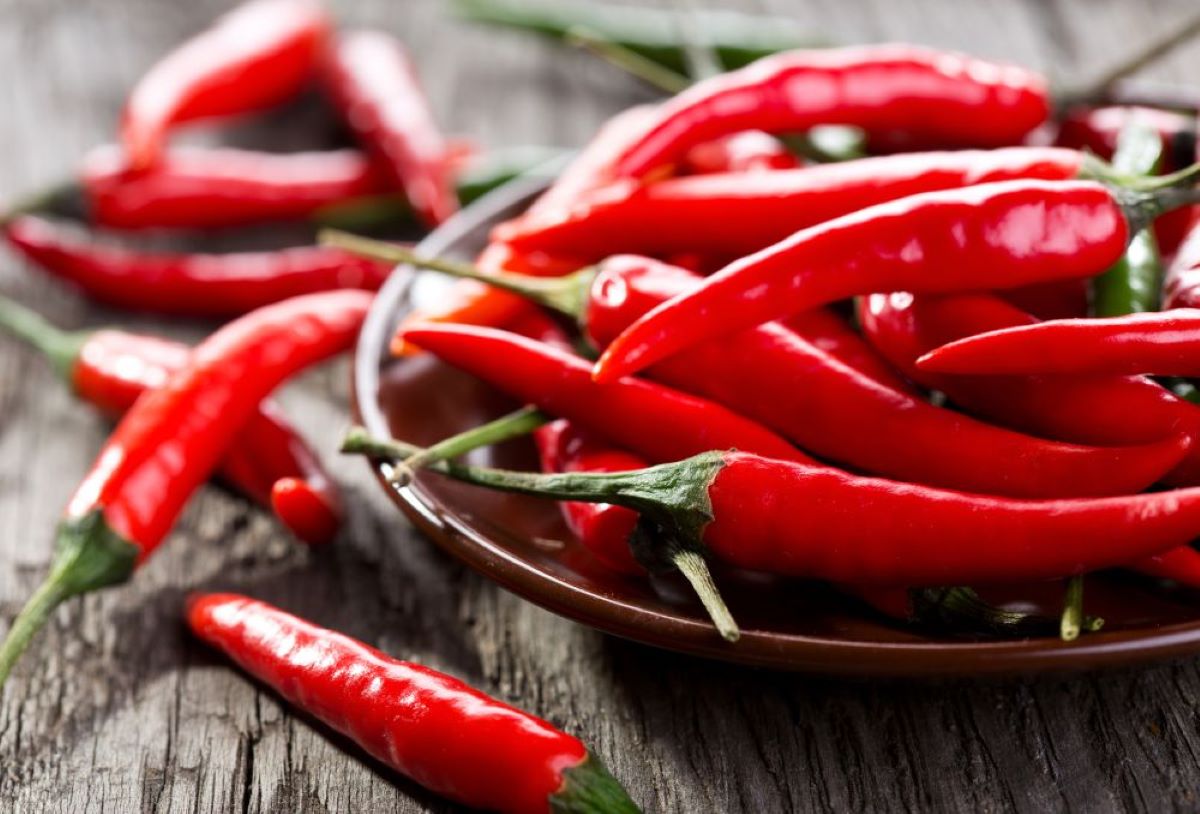
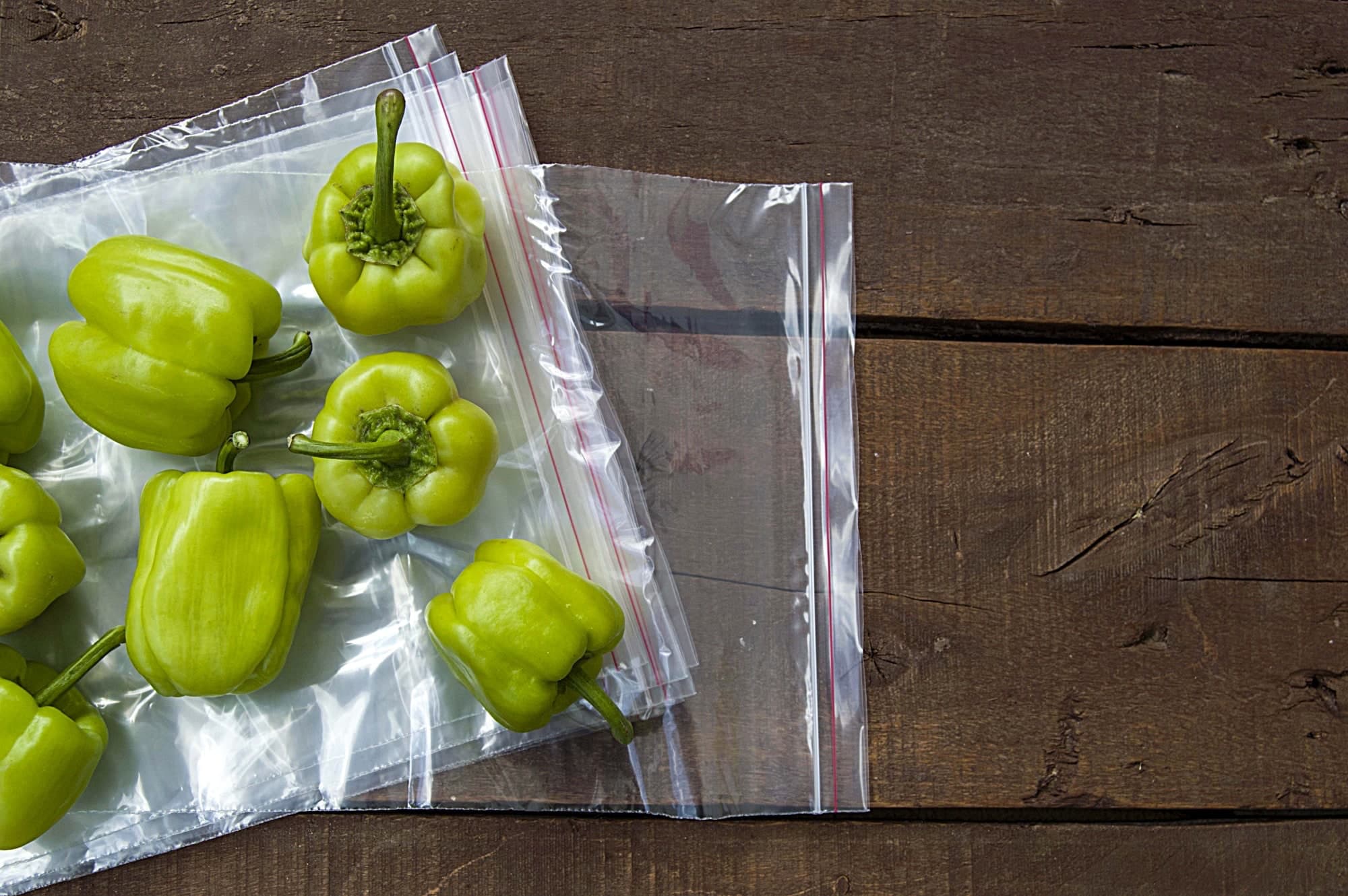
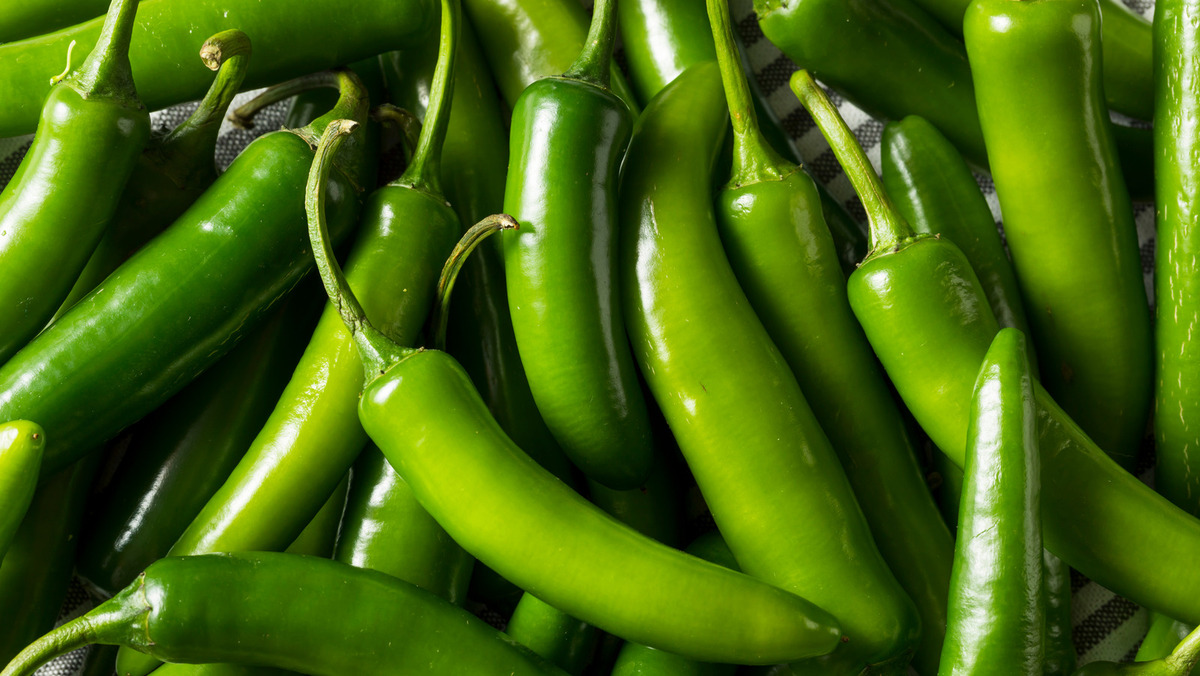
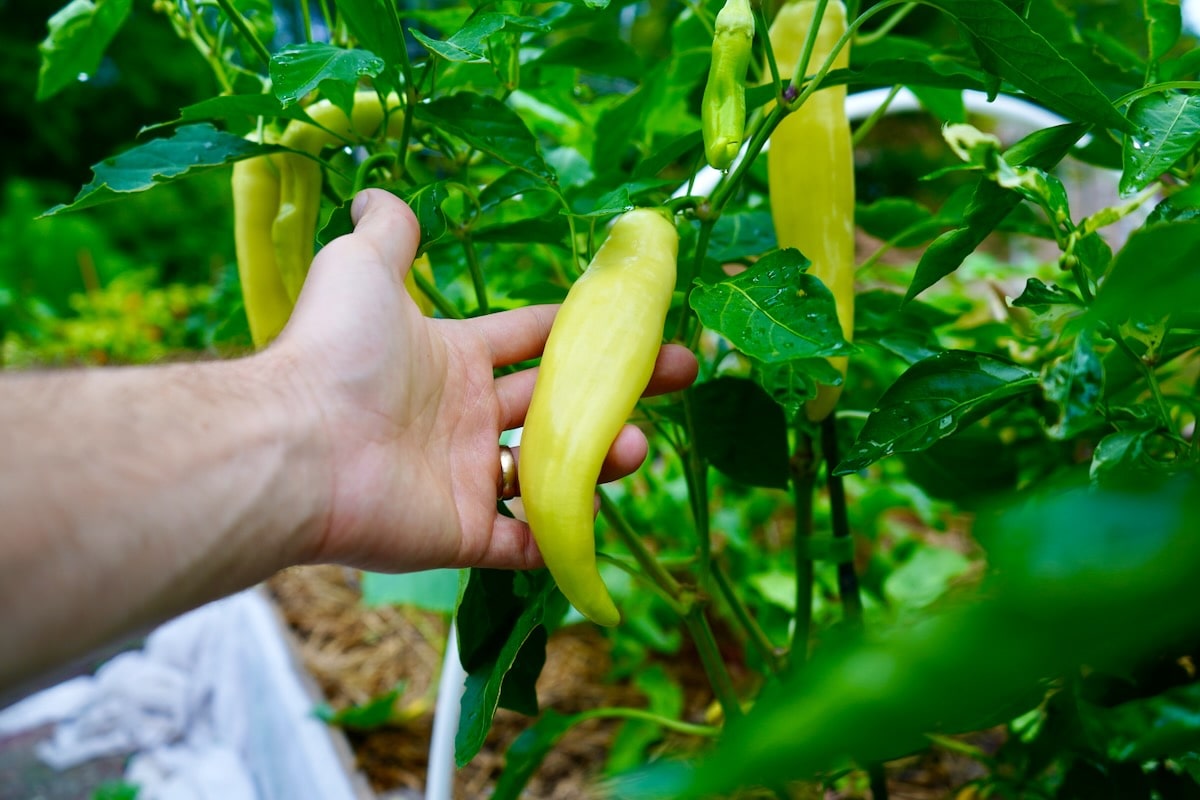
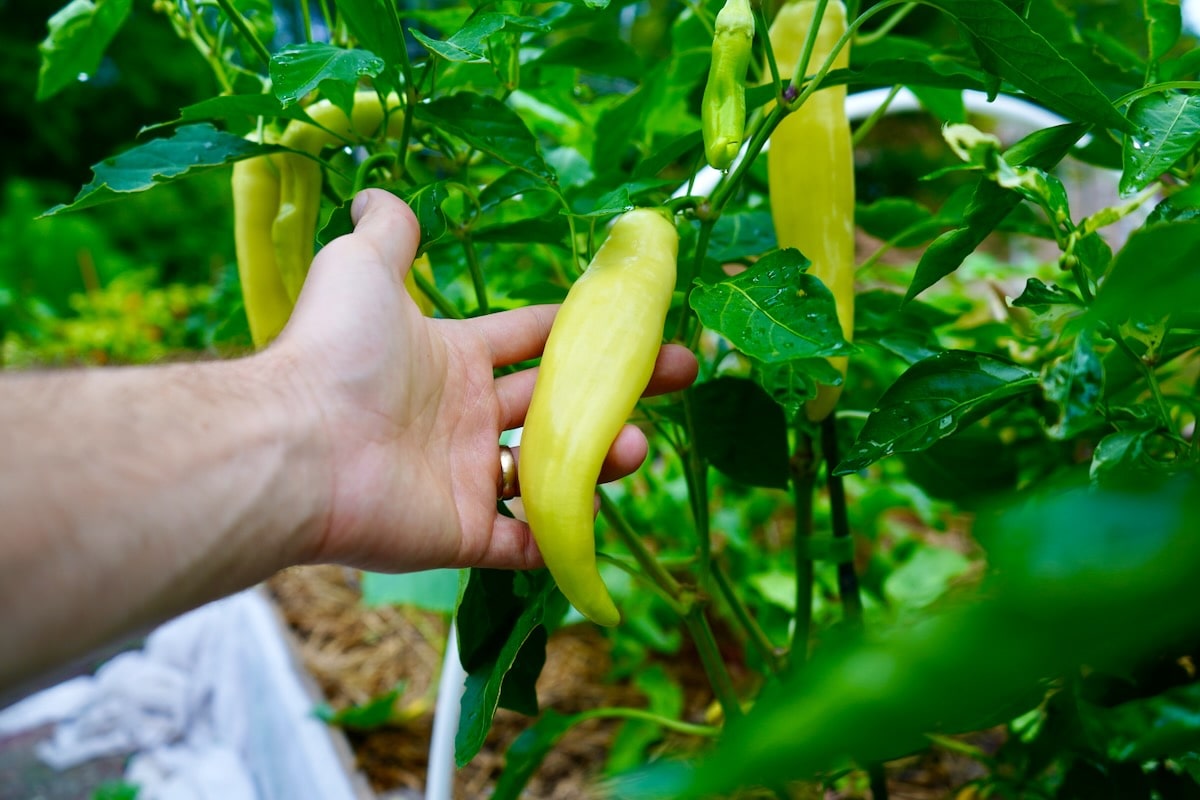









0 thoughts on “How To Store Banana Peppers Long Term”